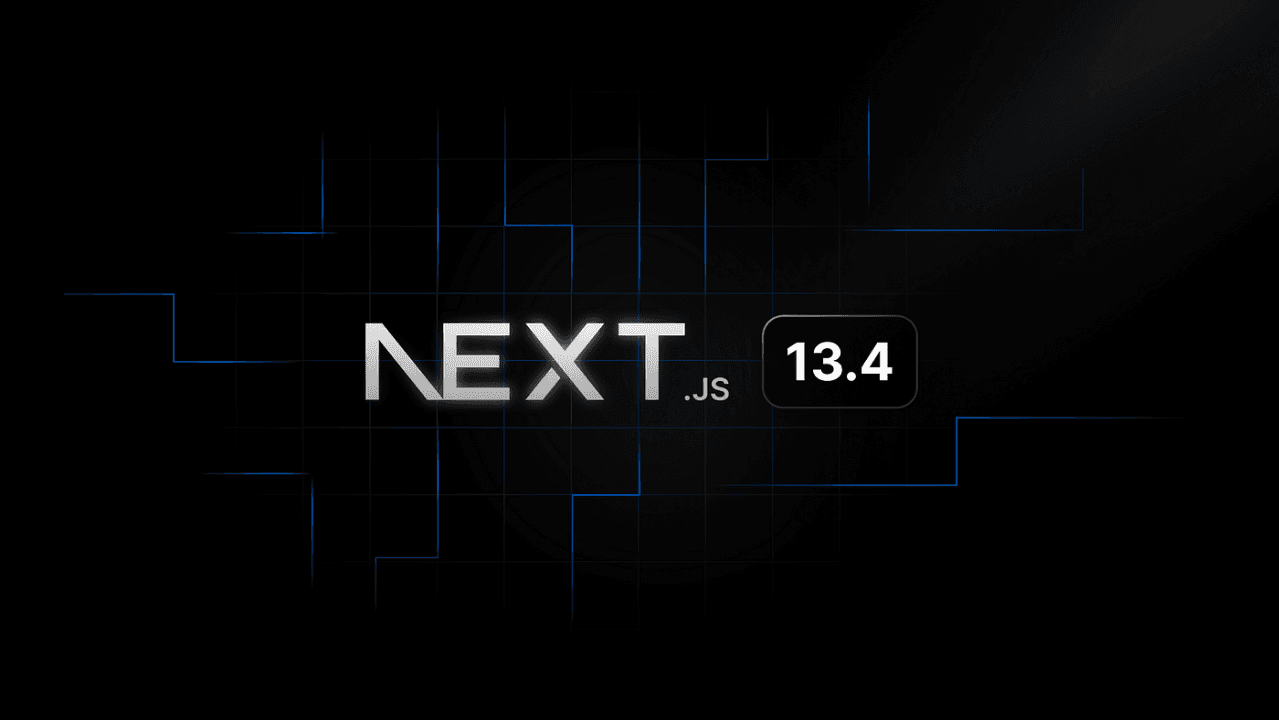In the evolving landscape of software development, the choice of technology stack is paramount, particularly for SaaS applications. Among the myriad of frameworks available, Next.js has emerged as a powerful tool that significantly enhances the performance and user experience of SaaS products. In this post, we will delve into the benefits of using Next.js for SaaS development and present a roadmap for implementation, showcasing how Censaas can assist in leveraging this framework to build high-quality SaaS solutions.
Understanding Next.js and Its Key Features
Next.js is a React-based framework that offers a hybrid approach to server-side rendering and static site generation, making it a versatile choice for developers. Its key features include automatic code splitting, server-side rendering, static site generation, and optimized performance, which are crucial for delivering a seamless user experience in SaaS applications.
By leveraging these capabilities, developers can create applications that are not only faster but also more efficient. For instance, automatic code splitting reduces the load time for users by only loading the necessary code for each page view, which is essential in a SaaS environment where performance directly influences user satisfaction.
Furthermore, the support for API routes in Next.js enables developers to create backend functionality directly within the Next.js application. This tight integration makes it an ideal framework for building full-stack applications with a seamless data flow.
Benefits of Next.js in SaaS Development
1. Improved Performance
Performance is critical in today’s digital landscape, and Next.js excels in this area. With server-side rendering, pages are rendered on the server before being sent to the client, drastically reducing load times. This performance boost not only enhances user engagement but also positively impacts search engine rankings, which is vital for any SaaS business.
2. SEO Benefits
Search Engine Optimization (SEO) is another area where Next.js shines. Traditional single-page applications (SPAs) can struggle with SEO due to client-side rendering delays. However, with its server-side rendering capabilities, Next.js ensures that all critical SEO metadata is in place before the page reaches the client, making it easier for search engines to index the content of your SaaS application.
3. Scalability
As your SaaS business grows, so will your need for scalability. Next.js supports incremental static regeneration, which means developers can update and regenerate static content without needing to rebuild the entire application. This flexibility allows for rapid iterations and feature additions, crucial for responsive product development.
Implementation: Steps to Building a Next.js SaaS Application
Embarking on a SaaS development project using Next.js requires a strategic approach. Here’s a simplified roadmap to guide you through the process:
1. Define Your MVP Features
Start by identifying core functionalities that your MVP (Minimum Viable Product) needs. This will involve understanding user requirements and market validation to ensure that you are solving real problems in your target audience.
2. Set Up Your Next.js Environment
Once the MVP features are defined, initialize a Next.js project environment. Utilize tools like Vercel, which seamlessly integrates with Next.js, to host and manage your application with ease. This platform ensures optimized performance right out of the box.
3. Develop and Test Features
With the environment set up, start developing your application’s features. Utilize Next.js’s API routes for backend functions, and implement a robust testing framework to ensure reliability across all components. Continuous integration and deployment processes can streamline this phase, allowing for frequent updates and testing.
Enhancing User Experience with Next.js
Creating a user-friendly interface is paramount in SaaS development. Next.js allows for dynamic routing, which enhances user navigation and overall experience. Implement features such as lazy loading for images and components, which not only improves performance but also keeps users engaged.
Additionally, consider integrating feedback loops within your application to gather user insights. This can be done through automated tools that collect user behavior data and feedback, which will inform future iterations and feature enhancements.
By focusing on user experience from the beginning, your SaaS application will not only meet user expectations but also encourage long-term loyalty and retention.
Censaas: Your Partner in Next.js SaaS Development
At Censaas, we specialize in providing tailored SaaS development solutions, leveraging cutting-edge technologies like Next.js. Our team of experts can guide you through every phase of the project, ensuring an efficient development process and a high-quality end product.
From concept to execution, Censaas is committed to delivering solutions that not only meet but exceed your business needs. Whether you're starting from scratch or enhancing an existing application, we can utilize Next.js to create a platform that stands out in today's competitive market.
Explore more about our services and how we can assist with your next project at [Censaas Services](https://censaas.com/services).
Conclusion
In summary, Next.js offers a robust framework for creating high-performance SaaS applications. Its features such as server-side rendering, static site generation, and seamless integration showcase its capabilities in enhancing user experience and scalability. If you’re looking to build a SaaS application that meets the demands of today’s users while optimizing your workflow, consider Next.js.
With Censaas as your partner, you can harness the full potential of Next.js while enjoying a streamlined development process and expert guidance tailored specifically to your needs. Let us help you turn your SaaS vision into reality.
Ready to start your Next.js project? Contact us today to learn more about our SaaS development services.
